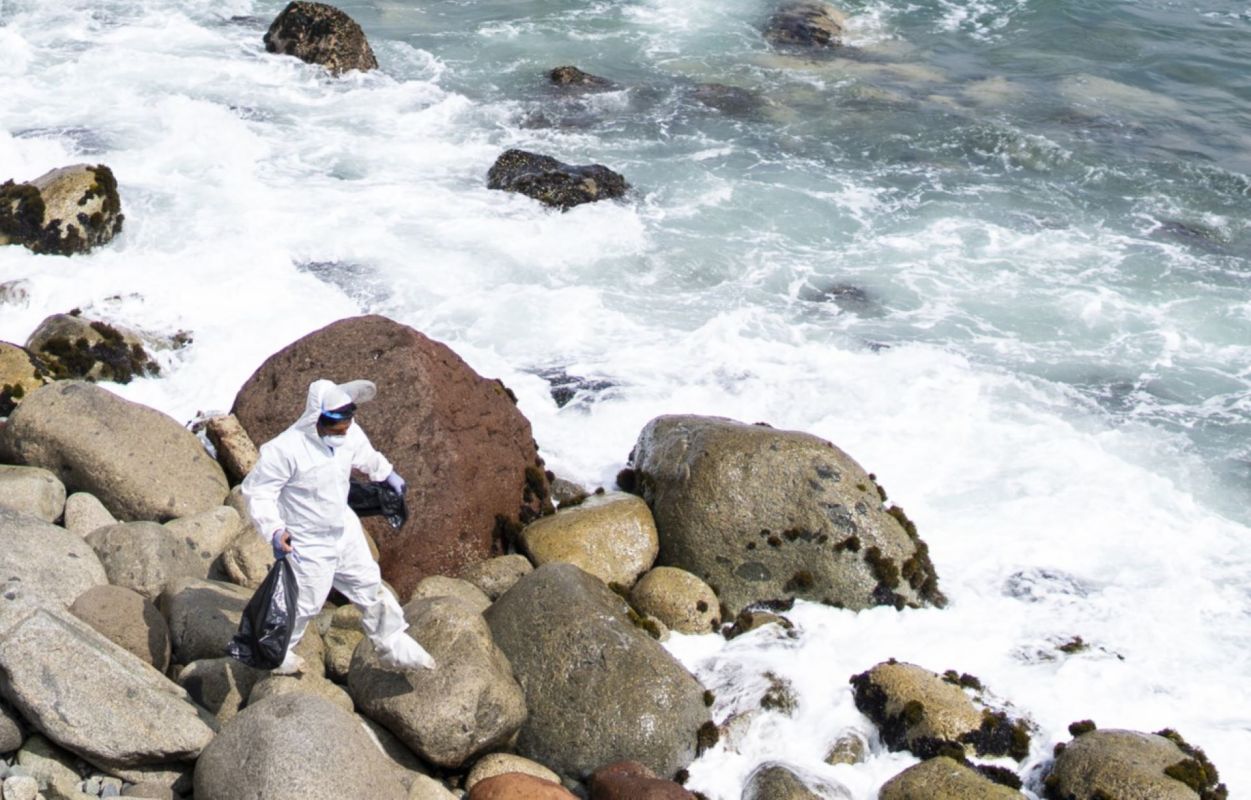Scientists have discovered a peculiar side effect in some seabirds affected by the avian flu.
If they survive the devastating and often deadly virus, northern gannets can experience eye color changes, where irises go from pale blue to jet black, The Guardian reported. The discovery has the potential to help scientists deal with the virus.
For decades, avian flu has been responsible for the deaths of both wild and domestic birds, per The Guardian.
The first description of avian influenza, also known as bird flu, can be traced back to 1878 in northern Italy. During that time, it was characterized as a contagious ailment affecting poultry, leading to significant mortality rates. This disease was commonly referred to as "fowl plague."
Now, it affects wild water birds as well as domestic birds like poultry and other animals.
Though uncommon, bird flu can also infect humans, causing symptoms ranging from mild, such as pink eye, to severe flu-like illness that can lead to breathing difficulties and, in some cases, even death.
The recent strain had a particularly devastating impact on seabird populations in the North Atlantic region last year, with especially high mortality rates among gannets.
Scientists conducted a major study on Bass Rock in Scotland, home to the world's largest gannet colony, to understand the virus's effects.
During the study, a peculiar observation was made among the gannets breeding on Bass Rock. Instead of their usual pale blue irises, many exhibited black irises, varying in coloration from completely black to mottled patterns, The Guardian reported.
Researchers tested the birds for avian flu and found that out of eight that tested positive, seven had black irises instead of their natural color.
Dr. Jude Lane, a conservation scientist and the lead author of the study, described the recent finding as "fascinating" and said it has the potential to serve as a valuable diagnostic tool, offering a non-invasive method for detecting and identifying avian flu cases.
"The next steps are to understand its efficacy, if it applies to any other species and whether there are any detrimental impacts to the birds' vision. Ophthalmology exams will also be needed to determine what is causing the black coloration," she said, as reported by The Guardian.
This spring, the Farne Islands, a well-liked group of islands where seabirds breed off the Northumberland coast, have been closed to visitors due to new cases of avian flu in the area.
"The 2022 bird flu outbreak has provided another significant stressor to those already faced by our rapidly declining seabird populations," reported RSPB, a nature conservation charity from the UK. "Quantifying and perhaps even mitigating its impact is therefore crucial if we hope to restore our seabird populations."
Join our free newsletter for cool news and cool tips that make it easy to help yourself while helping the planet.









